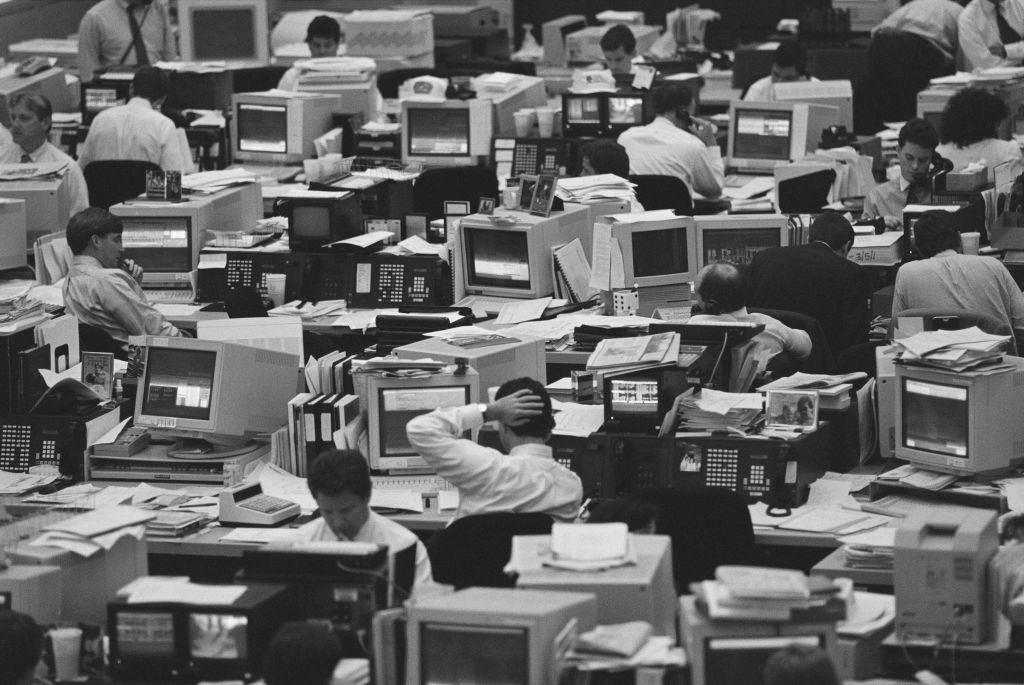In 1930, economist John Maynard Keynes famously predicted that technological progress and economic growth would solve the problem of material scarcity. In one hundred years, Keynes anticipated in his essay “Economic Possibilities for Our Grandchildren,” humanity was on track to develop the productive capacity to meet its needs with minimal effort, replacing lives of labor with lives of leisure.
The system would require each worker to contribute just fifteen hours of labor per week, freeing people to focus on living “wisely and agreeably and well.” The love of money would finally be recognized as a “disgusting morbidity,” even a mental illness requiring the intervention of specialists. People would devote their time to stimulating, diverting, and fulfilling pursuits. Days wasted on trivial labor would be an ugly memory, provoking a collective shudder before becoming increasingly hard for subsequent generations to fathom.
That was ninety-five years ago. Unless a major upset occurs in the next five years, Keynes’s rosy prediction was a bust.
For part of the twentieth century, it seemed plausible. In the United States, working hours were decreasing while material satisfaction was rising. But in the 1980s, the train went off the tracks. Up to that point, two trends seemed reliable: that people worked less overall in the richest countries, and that the more a person earned, the less they worked. The United States turned the whole theory on its head.
After 1980, Americans started working longer hours despite surging productivity, nearly erasing two decades of postwar leisure gains. Just as surprisingly, the increase applied to low and high earners alike, albeit differently. Low earners were forced to work more to survive, while high…
Auteur: Meagan Day

